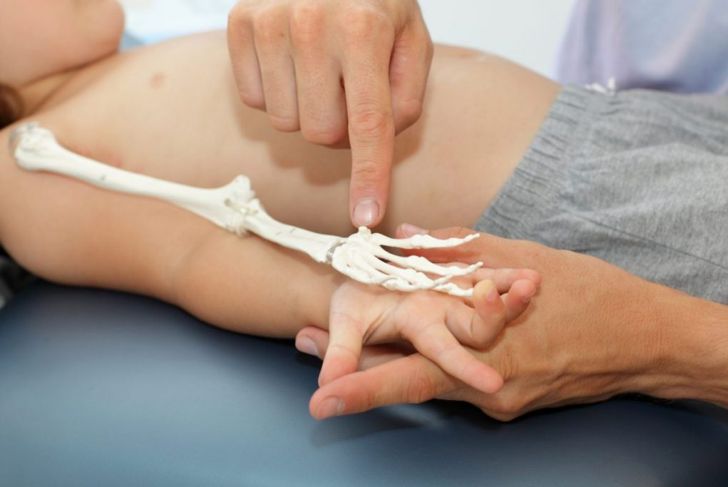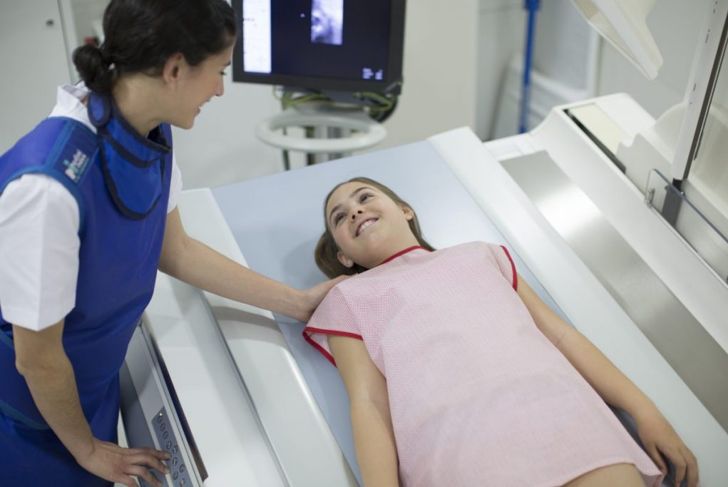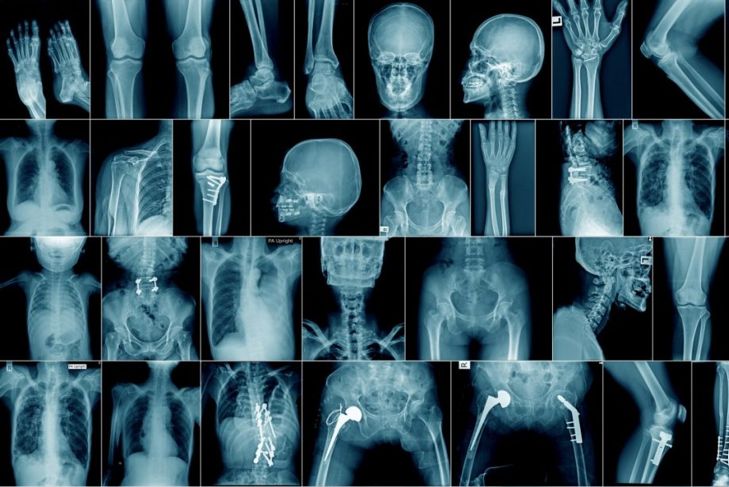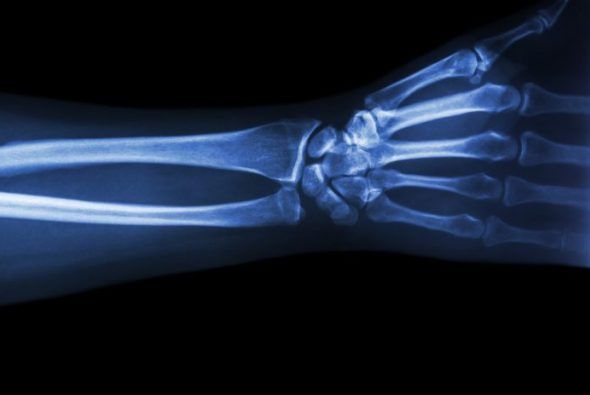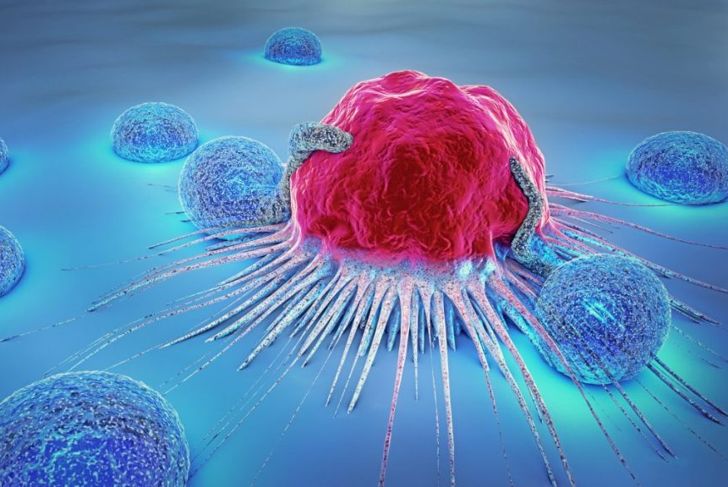An osteochondroma is a non-cancerous tumor that grows at the end of a bone; these are the most prevalent benign bone growths. Osteochondromas mainly affect children and young adults. Often, the condition requires no treatment beyond regular monitoring by a doctor. The prognosis and treatment options for osteochondroma depend on the location and number of tumors.
What is an Osteochondroma?
Osteochondroma tumors develop when excess bone and cartilage grow at the ends of bones, near the growth plates. It is normal for bone to build at this location to lengthen bones as children grow, but osteochondromas are abnormal growths. Often, the unwanted growth continues until the affected child stops growing. If it doesn’t stop at this time, the individual could have a more serious condition.
People Most at Risk
Osteochondromas mostly occur in growing children over the age of ten, although in rare cases it may affect people up to the age of 30. Both male and female children are equally likely to develop osteochondroma. Experts believe there is a genetic cause of the condition, although there has not yet been enough research to draw a firm conclusion.
Common Symptoms
Often, children with osteochondromas do not have any symptoms at all. They may notice lumps around certain joints. These lumps, made up of bone and cartilage, are generally not painful. However, the child may experience muscle pain around the area or discomfort during physical activity. Where the osteochondroma is growing on an arm or leg, one limb may be shorter than the other.
Diagnosis
A doctor will examine the patient and ask for a description of any symptoms. He or she will probe for any palpable growths, determine the range of movement in affected areas, and assess any pain or discomfort the child is experiencing. If, following examination, the doctor suspects an osteochondroma, the individual may require x-rays, MRI scans, or CT scans for a definitive diagnosis.
Common Locations
Osteochondromas usually occur at the growth plates of longer bones such as the legs and shoulders. In less common cases, they can also grow in the hands, feet, and pelvis. Occasionally, a child may develop an osteochondroma tumor on the spine, although this is extremely rare.
Solitary vs. Multiple Osteochondroma
Solitary osteochondromas are the most common form — a single tumor growing at the end of a long bone. Having multiple osteochondromas is more serious and can cause the skeleton to develop abnormally. The symptoms of multiple osteochondromas are similar to those of a solitary osteochondroma, though more severe. Complications are more likely to develop in children with multiple tumors than in those with a solitary growth.
Treatment Options
Children with solitary osteochondroma may not require treatment unless the growth is causing pain or impeding movement. Rather, doctors will keep the child under observation to see how the condition progresses. However, in either form of osteochondroma, physicians may elect to perform surgery if the tumors cause pain or are putting pressure on nerves or blood vessels. The surgeon will perform an excision, removing the tumor to return the bone to its normal length. If the patient has bone growth deformities caused by multiple osteochondromas, such as knock-knees, these may also require corrective surgery.
Osteochondroma Complications
Some osteochondromas cause pressure on ligaments and nerves due to their size and location. This can become painful and cause discomfort when moving around. Some osteochondromas can also cause bone fractures. Bone growth deformities may develop in children with the condition, especially if they have multiple growths. These deformities can include shortening or bowing of the bones in the arms or legs, diminished height, and varus knee.
Osteochondromas and Malignancy
Occasionally, osteochondroma tumors can become cancerous, although this is rare. Solitary osteochondromas have less than a one percent chance of becoming malignant; the malignancy rate is higher in people with multiple osteochondromas. If the doctor believes a tumor is malignant, he or she will take a biopsy for analysis. When cancer does develop, it is usually a low-grade form called chondrosarcoma. There is a very high success rate for treatment of malignant osteochondromas, and surgical removal of the tumor cures 70-90% of all cases.
Signs of Malignancy
Certain signs and symptoms may lead doctors to suspect a benign osteochondroma has become malignant. When the abnormal growth continues after the child’s skeleton is mature, or pain persists even after puberty, this can indicate cancer. Another sign of malignancy is a thickened cap of cartilage at the end of the bone. Malignant osteochondromas also tend to develop a mass of soft tissue around the tumor, whereas benign tumors consist of bone and cartilage only.

 Home
Home Health
Health Diet & Nutrition
Diet & Nutrition Living Well
Living Well More
More